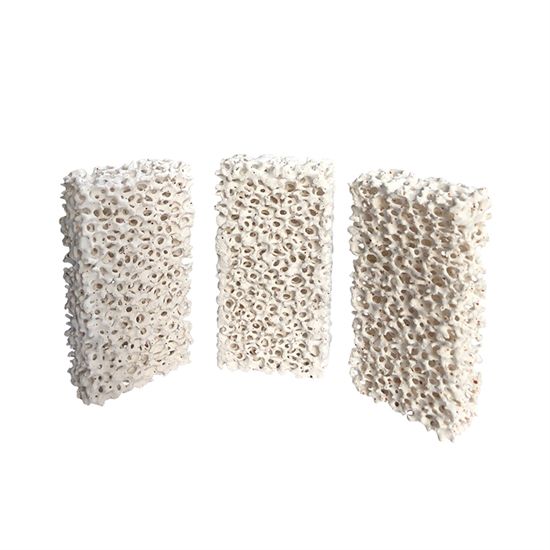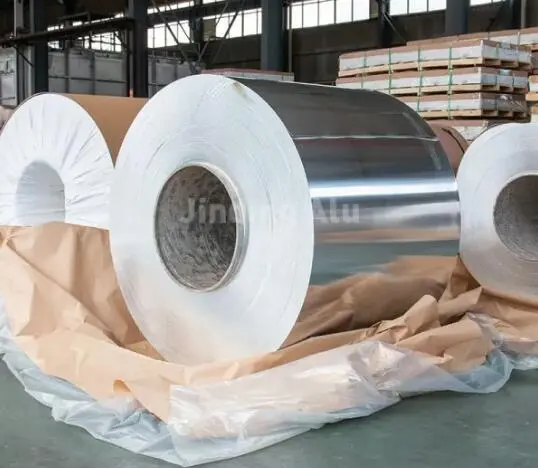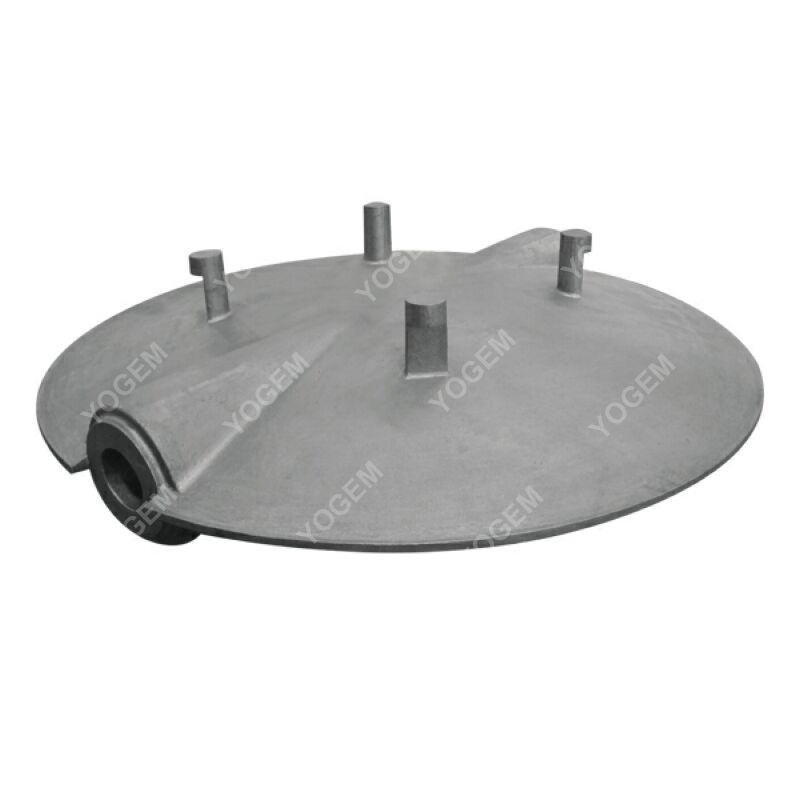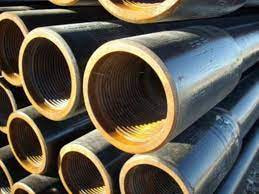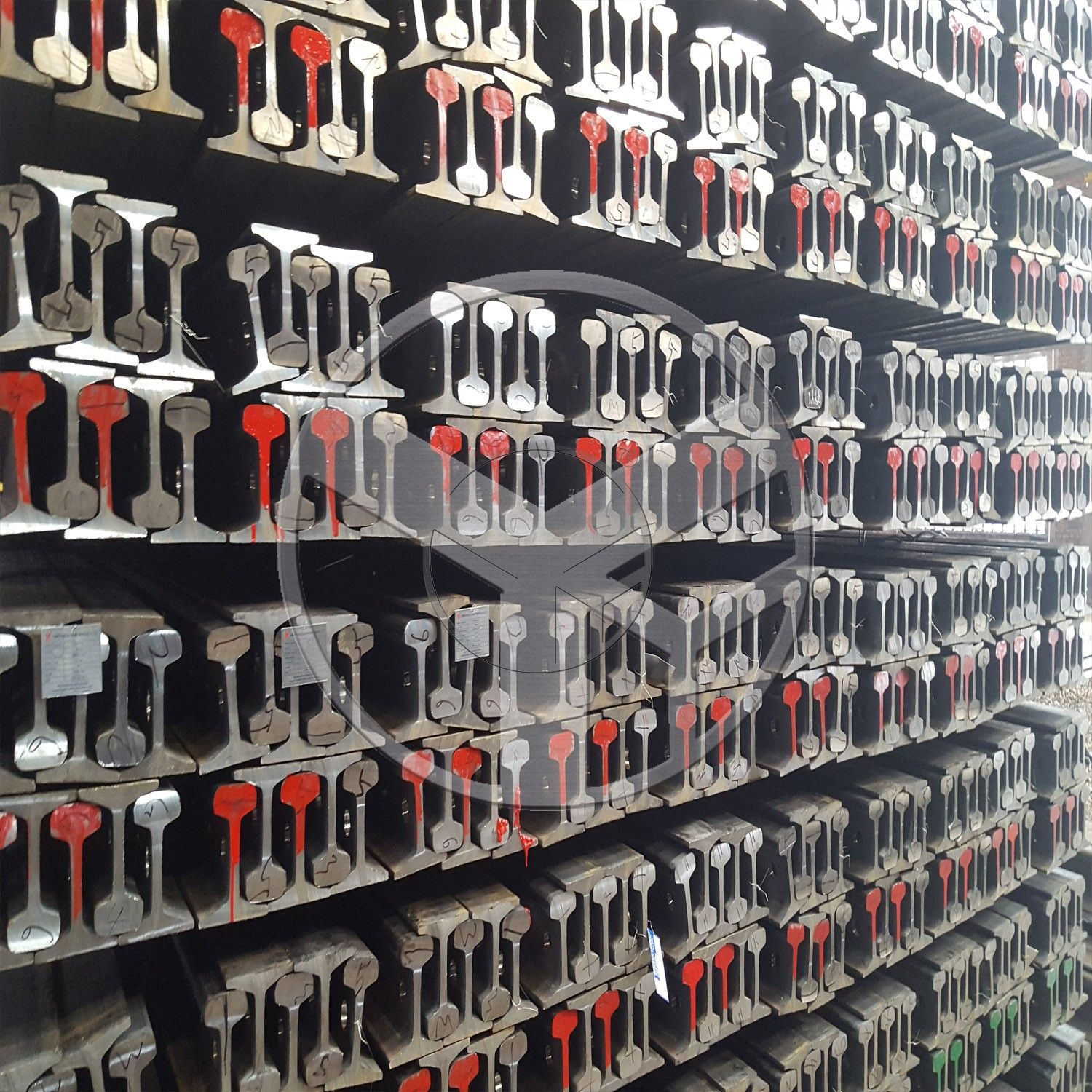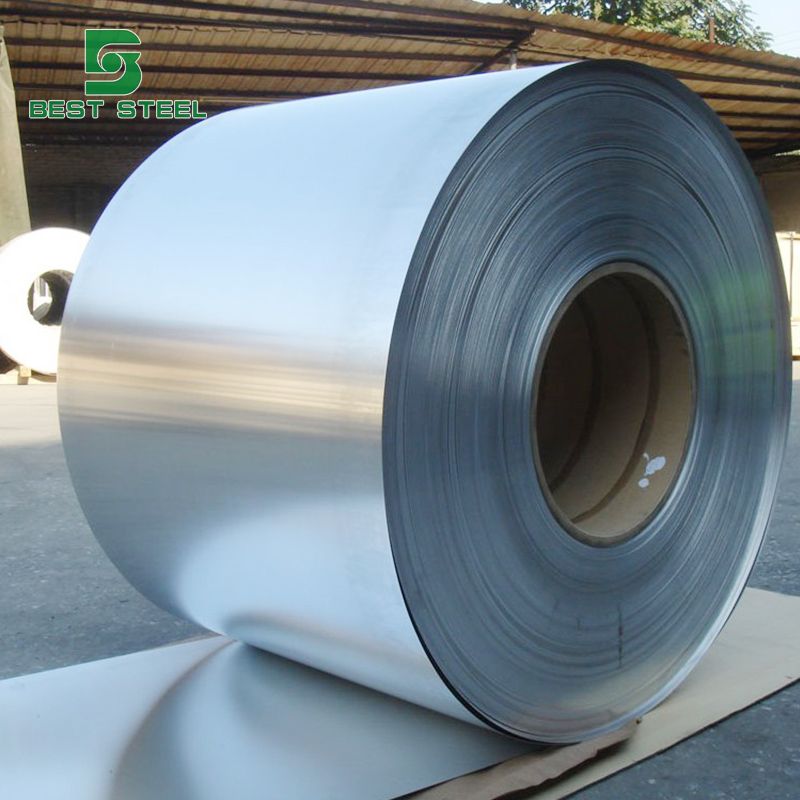Enhancing Aluminum Casting Quality: The Role of Alumina Ceramic Foam Filters
Aluminum casting is a complex and precise process that demands stringent quality control to produce high-performance components for various industries. One critical aspect of achieving optimal casting quality is the use of specialized filters, such as alumina ceramic foam filters. This article explores the significance of alumina ceramic foam filters in aluminum casting, detailing their structure, functions, and the positive impact they have on the overall casting process.
1. Aluminum Casting Challenges:
1.1 Inclusions and Impurities:
The aluminum casting process is susceptible to the presence of inclusions and impurities, which can compromise the mechanical properties and surface finish of the final product. Effective filtration is essential to mitigate these challenges.
1.2 Thermal and Flow Control:
Maintaining precise thermal control and regulating the metal flow during casting are critical factors that influence the quality of the aluminum castings. Any deviations in temperature and flow can lead to defects in the final product.
2. Role of Alumina Ceramic Foam Filters:
2.1 Filtration Mechanism:
Alumina ceramic foam filters act as effective filtration media during the aluminum casting process. The open-cell structure of the ceramic foam provides a labyrinthine path for the molten aluminum to flow through, capturing and retaining impurities and inclusions.
2.2 High-Temperature Stability:
Alumina, the primary material in these filters, exhibits exceptional high-temperature stability. This property is crucial for withstanding the extreme temperatures associated with molten aluminum casting without compromising the structural integrity of the filter.
3. Structure and Composition:
3.1 Open-Cell Structure:
Alumina ceramic foam filters are characterized by their open-cell structure, comprising interconnected pores and channels. This design ensures efficient filtration while allowing the molten aluminum to pass through with minimal turbulence.
3.2 Alumina Content:
The high alumina content in these filters enhances their resistance to thermal shock and chemical reactions with molten aluminum. Alumina is known for its inert nature, making it an ideal material for applications involving reactive molten metals.
4. Advantages in Aluminum Casting:
4.1 Reduced Inclusions:
Additional reading:Top 10 Mineral Metallurgical Materials Suppliers for Quality and Performance
9 Best Companies for Stainless Steel Products
How to Choose the Right Decorative Wire Mesh for Your Project?
Razor Mesh Panel: The Ultimate Solution for High-Security Perimeter Protection
Choosing the Right Stainless Steel Wire Mesh: Factors to Consider
How many kinds of pedestrian barrier?
What kind of alumina ceramic foam filter(plate) do you need
The primary function of alumina ceramic foam filters is to reduce the presence of inclusions in the molten aluminum. By trapping impurities and oxides, the filters contribute to the production of high-quality, clean castings with improved mechanical properties.
4.2 Enhanced Thermal Control:
The use of these filters aids in achieving better thermal control during the casting process. The controlled flow of molten aluminum through the filter ensures consistent temperature distribution, minimizing the risk of thermal gradients that can lead to defects.
4.3 Improved Metal Flow:
The open-cell structure of the filters promotes uniform metal flow, reducing turbulence and the risk of introducing air or oxides into the casting. This results in improved casting integrity and surface finish.
5. Application in Various Casting Processes:
5.1 Sand Casting:
Alumina ceramic foam filters are widely used in sand casting processes where molten aluminum is poured into sand molds. The filters effectively remove impurities, contributing to the production of high-quality sand-cast aluminum components.
5.2 Investment Casting:
In investment casting, where intricate and detailed components are produced, alumina ceramic foam filters play a crucial role in ensuring the purity of the molten metal and preventing defects in the final castings.
6. Installation and Maintenance:
6.1 Placement in the Mold:
Alumina ceramic foam filters are strategically placed in the gating system of the mold, typically near the pour cup. This placement allows the molten aluminum to pass through the filter before entering the mold cavity.
6.2 Single-Use or Multiple Casts:
Depending on the casting process and filter design, these filters can be used for a single casting or for multiple casts before replacement. Regular inspection and replacement are essential to maintain their effectiveness.
Conclusion:
Alumina ceramic foam filters stand as essential components in the aluminum casting industry, playing a pivotal role in enhancing the quality and integrity of cast aluminum components. Their ability to efficiently filter impurities, improve thermal control, and facilitate uniform metal flow contributes to the production of high-performance aluminum castings across various applications. As the demand for precision and quality in aluminum castings continues to rise, the adoption of advanced filtration technologies, such as alumina ceramic foam filters, remains a cornerstone of modern aluminum casting practices.
A Comprehensive Guide to Aluminum Sheets
Decorative Wire Mesh vs. Traditional Materials: Which is Right for Your Project?
The Difference Between Dead-Burned Magnesite and Fused Magnesite with Large Crystals
Difference Between Heavy-Duty Hexagonal Mesh and Small Hexagonal Mesh
What is Cemented Carbide Used For?
Differences Between Cold-Drawn Wire and Annealed Wire
4 Elements of the Advantages of Aluminum Furniture



